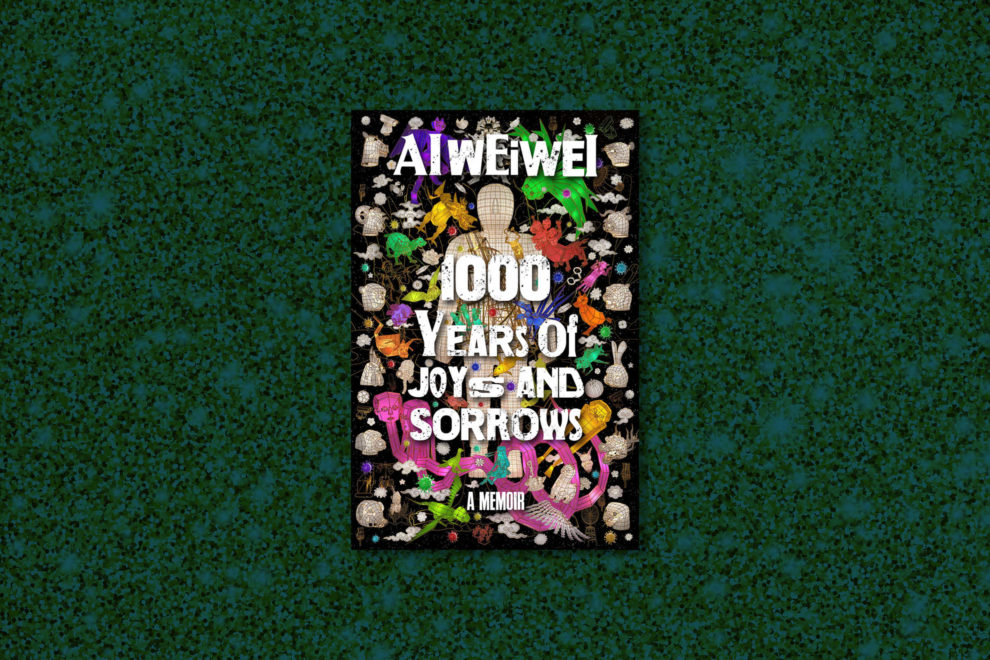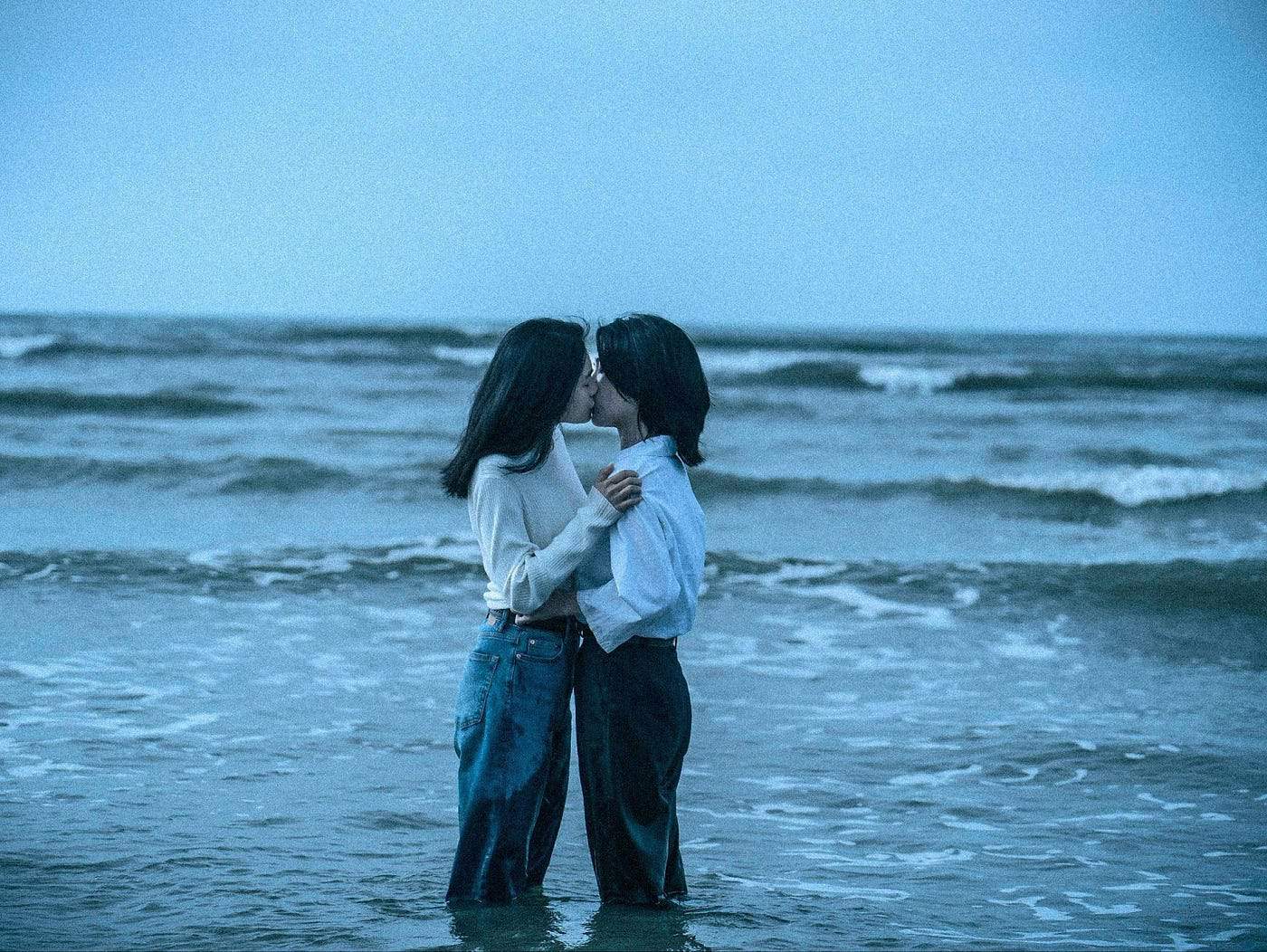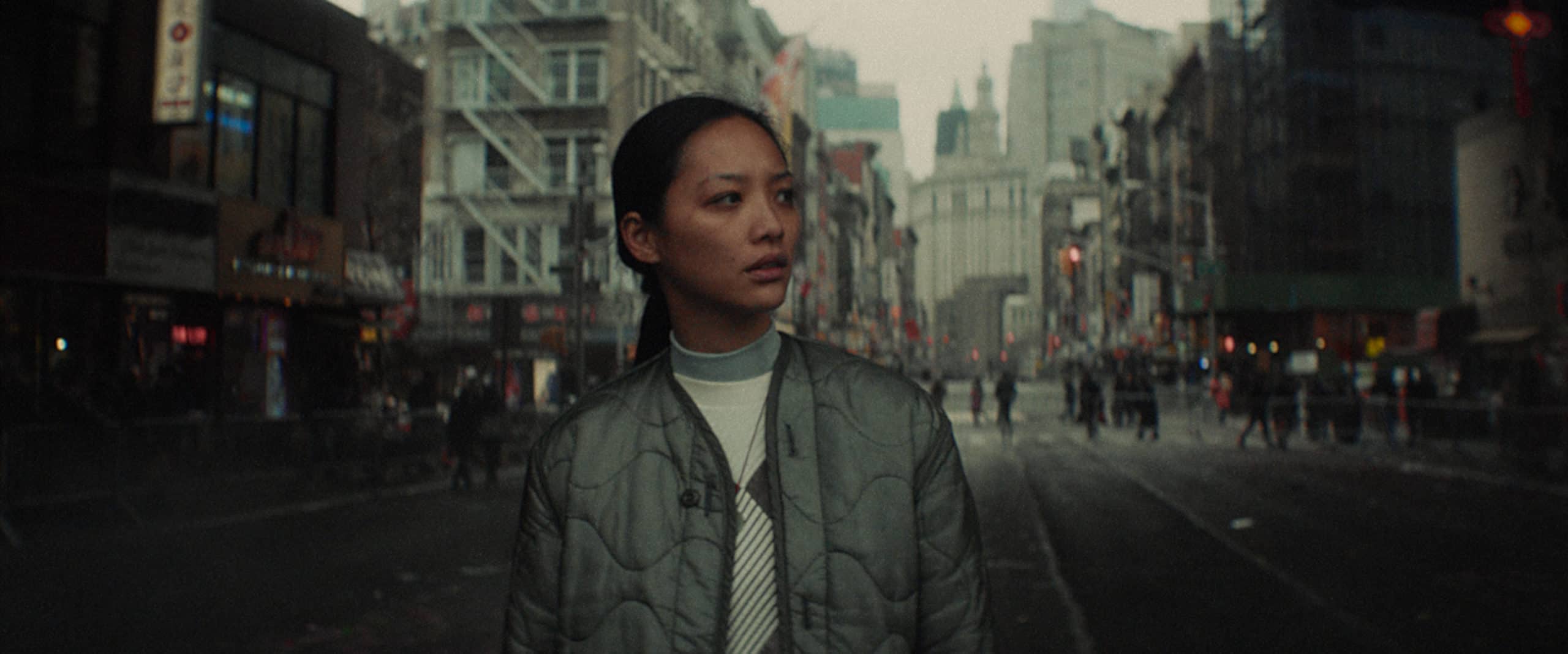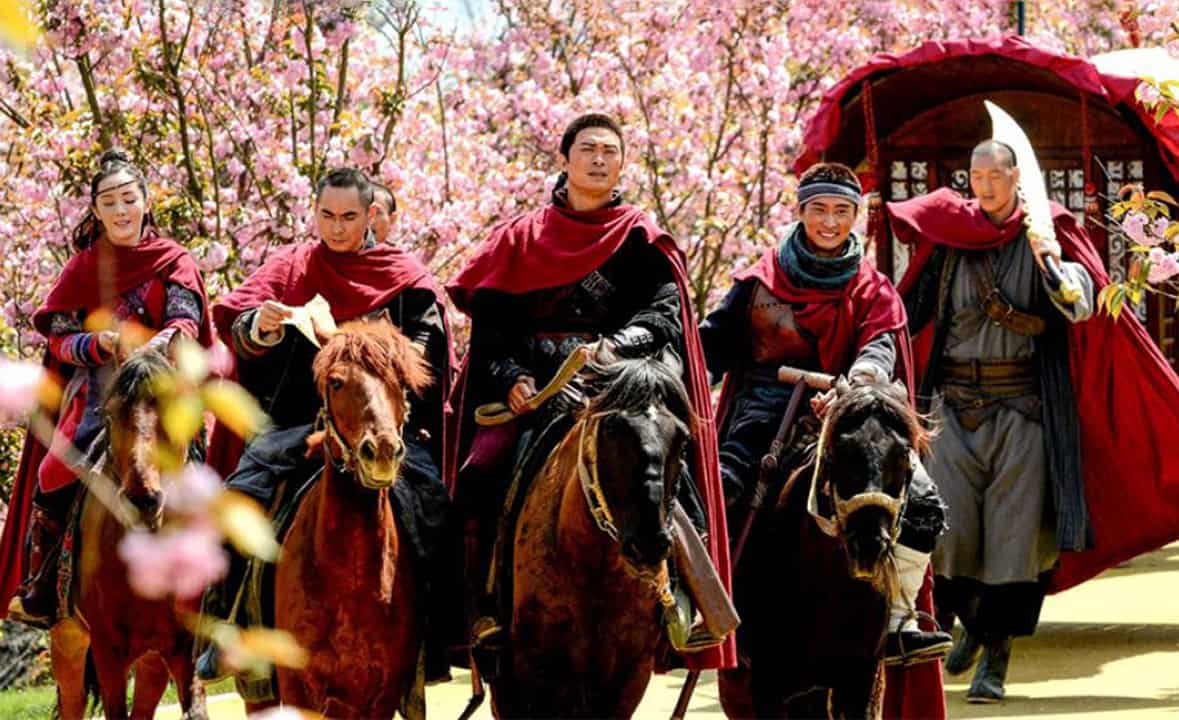Ai Weiwei made his name as an artist, scandalist, documentary filmmaker and a dissident. His recent venture into literature further adds to his vast resume. In the autobiographical “1000 Years of Joys and Sorrows” Ai does something unexpected by devoting a third of the book to his father's, Ai Qing's, life. Labeled as an enemy of the state himself, Ai's father's clashes with the Chinese censorship described in the opening chapters are foreshadowing the tense relationship Ai Weiwei himself would have with the Party. Mao Zedong famously issued a demand that “pen must unite with the gun” in order to facilitate the revolution of the proletariat in China. Ai Senior and Ai Junior did the opposite in their respective careers. “1000 Years of Joys and Sorrows” is an overview of these contrarian practices.
Buy This Title
on Amazon
The CCP currently makes sure that the Cultural Revolution is slowly being erased from the Chinese history. For Ai Weiwei “the state was a machine that sucked up memory and bleached it white”. With state's propaganda muddying the waters of history, more and more we have to rely on personal accounts and oral history passed on from one family member to another. As it turns out, remembering can also be an act of resistance. In this respect ,Ai's autobiography is an absolute gem. Initial chapters describing the odyssey his father had to endure, due to the changing approach of the officials towards him, is a fascinating account of an individual facing the arbitrary decision-making of a totalitarian government. Ai Weiwei's father learned the hard way that “in China, no matter what choice you make when you come to a crossroads in life, it is hard to avoid becoming politics' plaything”. The common threads between the lives of Ai Qing and Ai Weiwei emerge and become apparent in numerous moments, highlighting a generational struggle with the oppressive government. Fascinatingly, the book was written by the Chinese provocateur specifically for his adolescent son, so he could understand who his father and grandfather really were.
“1000 Years…” is a book with an eye for a bizarre detail like this one: “It was en era [China of 1950s] without toilet paper, so people used a range of substitutes… Newspapers, on the other hand, were never to be seen, for the simple reason that every page would have Mao's name and a few quotations of his printed on it, and if you wiped your ass with a piece of the paper, there would be no safe place to get rid of it”. Ai Weiwei's global popularity springs, among other things, from the ability to ridicule and expose the absurdities of governmental control. His numerous accounts of encounters with the police or state's representatives are a proof that, even in the face of a totalitarian regime, an individual can still fight for their personal freedom.

The Chinese artist had to face various criticisms throughout his career. Works of Ai were often accused of grandeur and monumentalism without having any real substance. Take “Sunflower Seeds” for example, an installation exhibited in Tate Modern in 2010: tens if not hundreds of millions of porcelain sunflower seeds were spread around the museum's floor. The point of the exhibition was never entirely disclosed, just like in case of many other works of the artist. The visitors could wander around the space of London's museum, and perhaps, when nobody paid attention, put a seed or two into their pockets. Ai would usually remain cryptic about the meaning of his works (why would he invite a 1001 Chinese citizens to Germany to live in a makeshift commune for a couple of months?). His autobiography gives little more insight into the artistic process, other than providing some additional context for Ai's most important works. If the reader hopes to learn more about the inner workings of the mind of Ai the artist, then they should look elsewhere. In “1000 Years…” the Chinese dissident is more interested in sharing his political and personal struggles.
Ai Weiwei's fame is predominantly rooted in his clashes with the officials and provocations of the Chinese state, but his autobiography interestingly turns to criticise the West as well. After living in the U.S. in 1980s, the activist came to the conclusion that “The United States likes to think of itself as a melting pot, but it's more like a vat of sulfuric acid, dissolving variety without a qualm”. Europe-based since 2011, Ai Weiwei discovered the need to highlight the moral shortcomings of the Old Continent too. His most recent artworks look at the still ongoing refugee crisis showing that his artistic range does not have to be limited to domestic, Chinese topics.
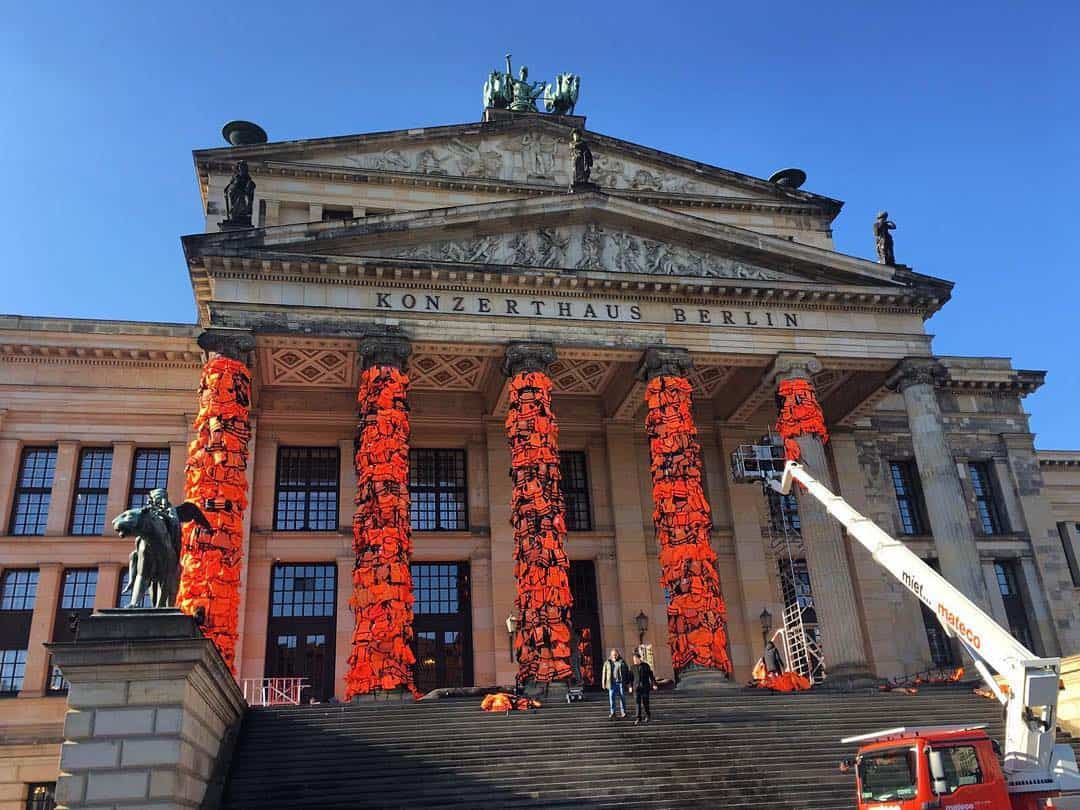
Despite not looking into the details of the process of filmmaking or designing art installations in galleries, “1000 Years…” remains an interesting insight into the ethical concerns which are the main driving factors behind Ai Weiwei's work. This unique mission of a contrarian is most aptly captured in his artistic credo which he preached to fellow Chinese artists: “Change is an objective fact, and whether you like it or not, only by confronting challenges can you be sure you have enough kindling to keep the fire in your spirit burning. Don't try to dream other people's dreams… you have to face up to your own predicament honestly, on your own terms. There's a huge gulf between your aesthetic passions as an artist and the indifference of the real world”. Although Ai's nature of an attention-seeker often comes to the fore in his autobiography, there still remains a significant element of care for others at the heart of his work. As an activist and community builder (and regime demolisher), Ai Weiwei remains a representative of an almost extinct species: a Chinese artist who's not afraid to criticise his government.


